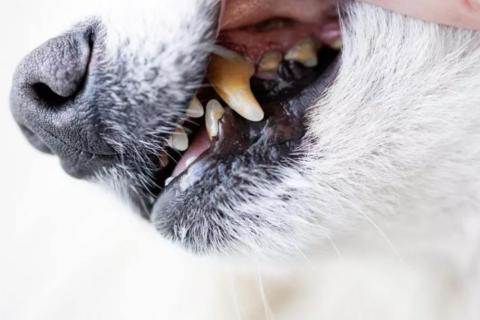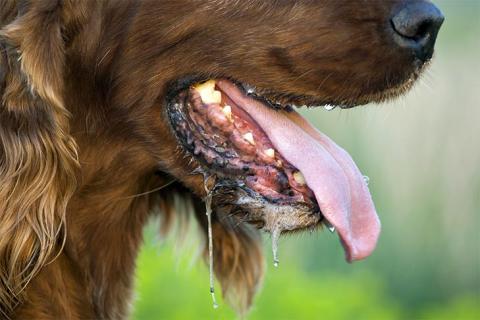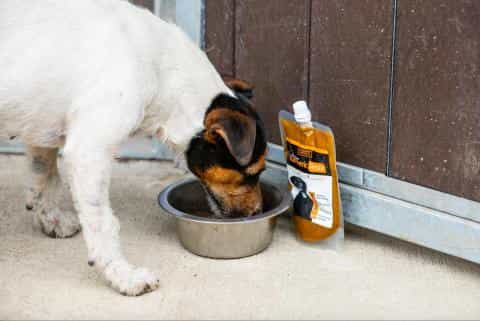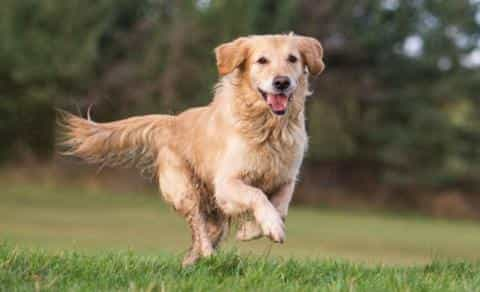
Published on March 5 by Julia
Bad breath, or halitosis, is a common issue in dogs that can range from a mild nuisance to a sign of serious health problems. While many pet owners dismiss bad breath as normal, persistent halitosis can indicate underlying conditions that require attention. Understanding the causes and solutions can help keep your dog’s breath fresh and their health in check.
Just like humans, dogs need regular dental care. Plaque and tartar buildup can lead to bacterial growth, resulting in bad breath. If left untreated, it can progress to periodontal disease, causing pain, tooth loss, and infections.
Certain foods, especially those with strong odors, can contribute to bad breath. Additionally, dogs that scavenge or eat garbage, feces, or spoiled food may develop foul-smelling breath.

Digestive disorders, acid reflux, or poor digestion can lead to unpleasant breath. If your dog frequently experiences bloating, diarrhea, or vomiting along with bad breath, gastrointestinal problems may be the culprit.
Serious illnesses like kidney disease, diabetes, and liver problems can cause distinctive breath odors. For example:

If your dog’s bad breath is extreme, persistent, or accompanied by other symptoms such as drooling, gum inflammation, or difficulty eating, a veterinary visit is necessary. Early detection of dental disease and other health issues can prevent more severe problems.
Halitosis in dogs is not just an unpleasant odor; it can be a sign of serious health concerns. By maintaining proper oral hygiene, offering a healthy diet, and scheduling regular veterinary visits, you can help ensure your dog has fresh breath and good overall health.
Discover More Content





